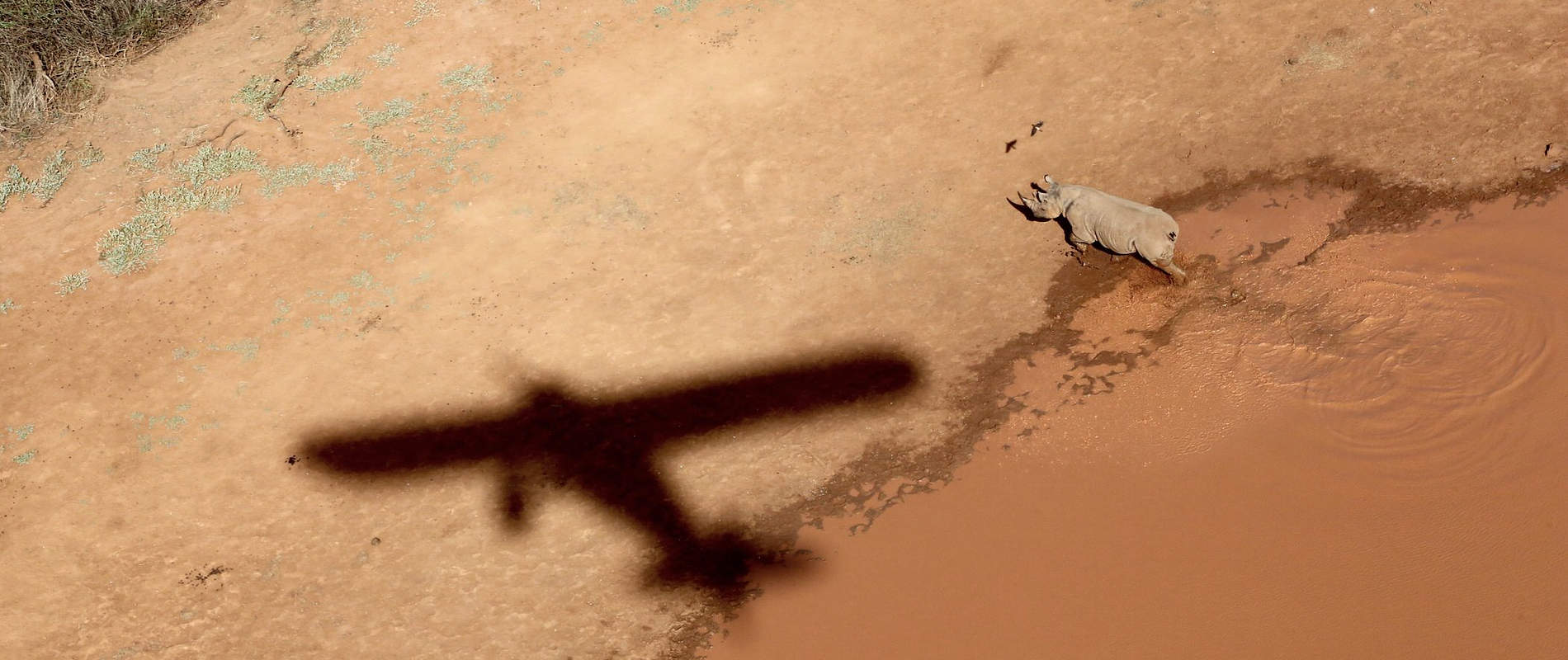July was a very positive month, seeing a significant reduction in poaching activity, with the only activities responded to including two old shooting blinds and a poacher’s hideout
July was a very positive month, seeing a significant reduction in poaching activity, with the only activities responded to including two old shooting blinds and a poacher’s hideout.
This month is historically one of the worst months of the year for elephant poaching, as July through to October are the driest months, when many would-be poachers are struggling to make a living from the land and relying heavily on subsistence farming. Additionally, poaching for elephants during this time is made easier by the increasing concentration of elephants around the last remaining waterholes. Last year during this period, cases of vet treatments and carcasses were already down from previous years, and this year the numbers have dropped further.
In fact, the Aerial Unit only sighted one injured elephant in July in Tsavo with a very minor abscess, which was healing on its own and did not need treatment, whilst the unit also attended to a couple of other cases with ailments relating to natural causes. In contrast, in 2013 there were more than 30 elephants in the month of July which received veterinary intervention, which shows just how far the Tsavo partnerships have come with KWS in the fight against poaching.
Commercial charcoal burning, illegal livestock intrusion and the helicopter rescue of a baby elephant in Tsavo West are also covered in this month’s Aerial Report, whilst highlights included multiple sightings of wild dogs and 29 rhinos, which is always a pleasing sight.
